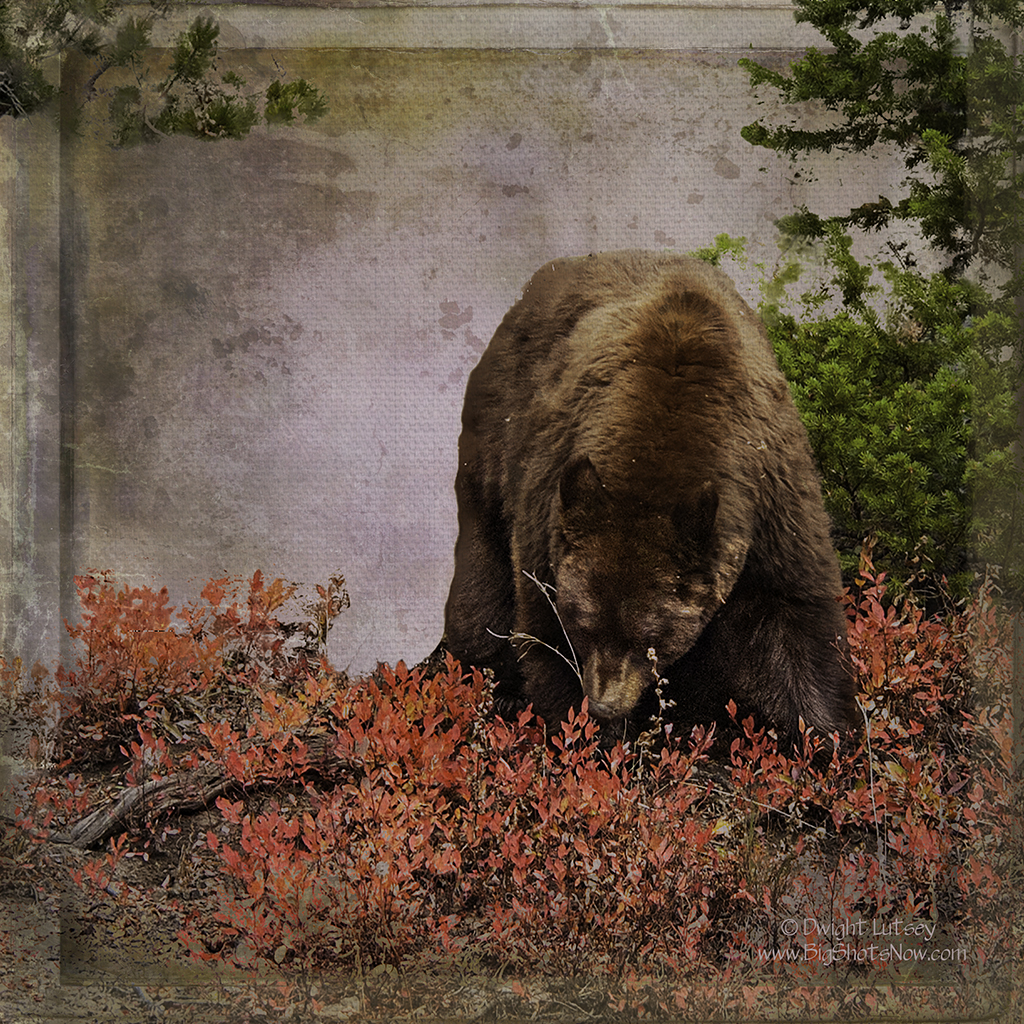
Many times as you stroll amongst bears you will hear them singing or humming various melodies under their breath. This is especially true in Yellowstone National Park, a place where you can interact with bears on many different levels. At first you may not pick up on the fact that they are actually producing musical renditions of current musical selections as they go about their usual bear business, whether that business is eating road kill, or gently plucking flowers out the surrounding shrubbery, or simply rending a newborn elk calf down into its lowest common denominator. They are singing.
As with human people, bears like various types of music. Grizzlies for instance, are most fond of Gregorian chants and when they gather around a freshly killed buffalo you will almost certainly hear certain choral works such as Bach’s ‘Mass in B Minor’ or even Brahms’s ‘A German Requiem’. They can often be identified by the music they choose to sing when you can not see them, like you identify birds by their unique songs. For instance if you should perhaps be hiking near Mt. Mary’s trail and hear the refrains from Beethoven’s ‘Missa Solemnis’ or even Mozart’s ‘Mass in C minor K. 427 “The Great”, coming from somewhere in the nearby bush, stop immediately and ring the bejezus out of your bear deterrent bells very loudly, as loudly as you can, that is a Grizzly. As beautiful as the music is it might be prudent now to turn around and quickly leave the area as this music stirs great passion in these bears and it’s best to not speak to them even if you liked the music.
Then of course, you have the black bears. A bear of many colors ranging from jet black to red, brown, even a golden color, tho that is pretty rare. Black bears have different musical tastes entirely. These bears are fun bears, with a great sense of rhythm and style and a most pleasing tone when they sing. You can actually spend a little time with them as they appreciate an audience and will choose a piece of music that they know the listener will get into. Such as anything by Joe Cocker, Arron Neville or John Prine. Bonnie Raitt and Emmy Lou Harris are favorites for the lady bears. And of course Etta. Just don’t sing along with them. They don’t like that.
There is one truth about black bears and that is as a group down to the last hairy one, they love the Beatles. Perhaps that is too conservative a phrase. They absolutely without a doubt are obsessed with them. So much so that when you see newborn cubs recently out of the den they will be playing and gamboling while singing The Yellow Submarine at the top of their tiny little bear lungs. How is this possible? Genetics, that’s how.
Our friend in the image above just stumbled across some shrubbery that reminded him of one of his favorite songs, Strawberry Fields Forever. Let’s stop and listen for awhile, shall we?

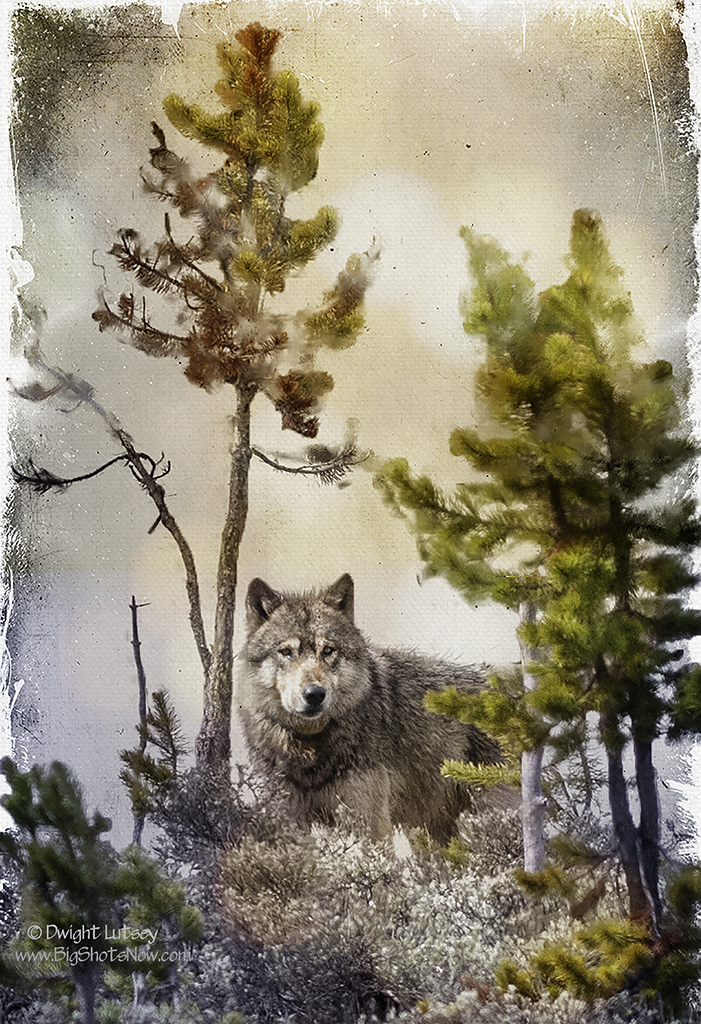
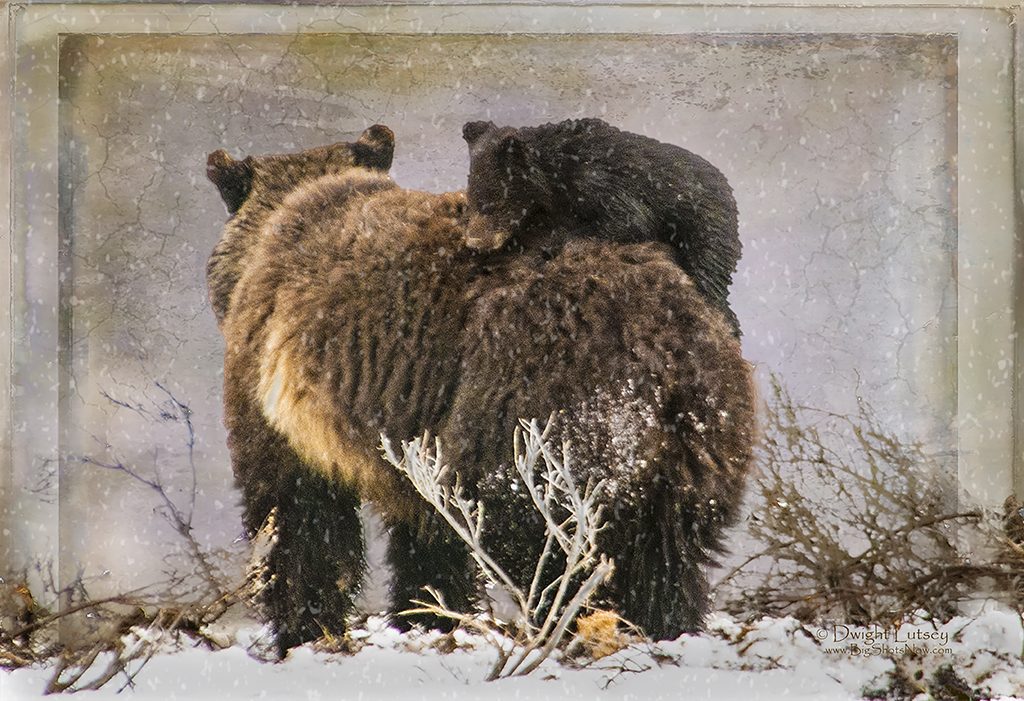

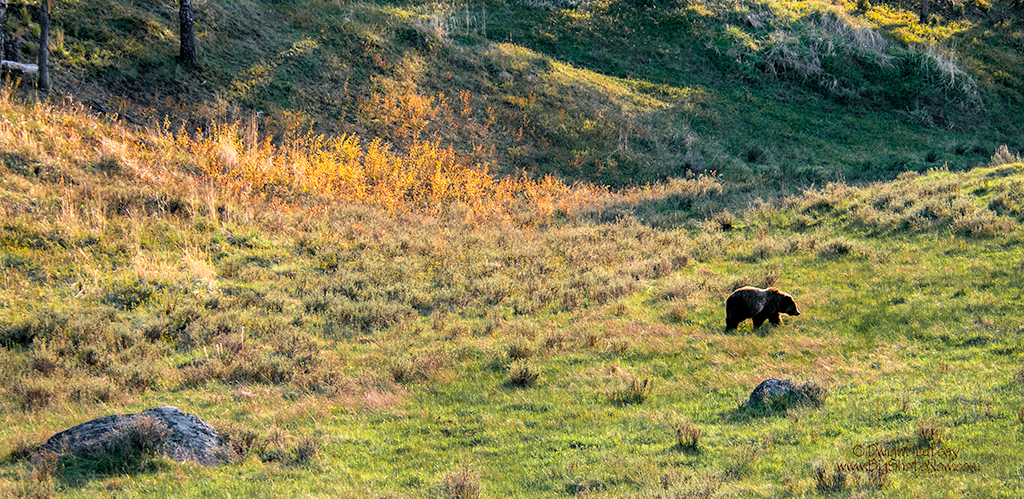
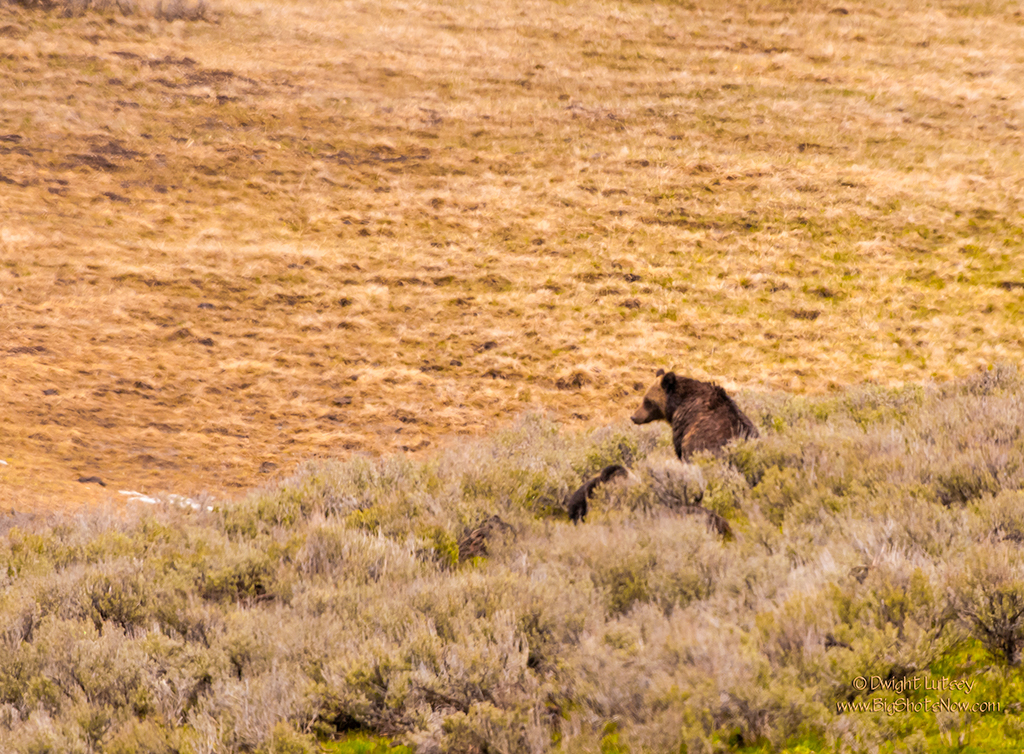
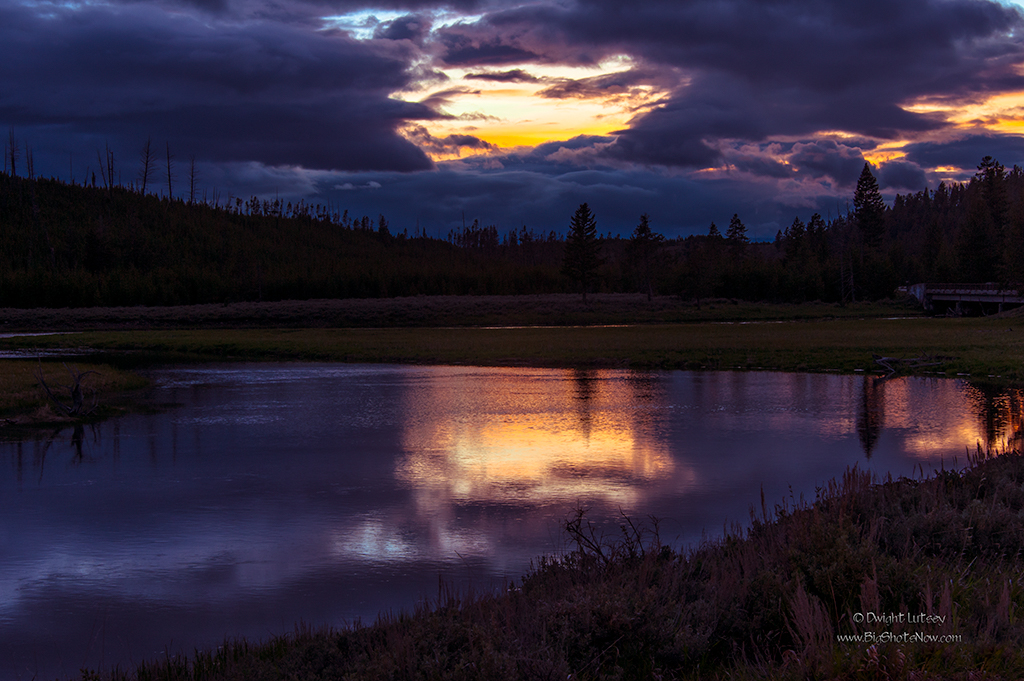
You must be logged in to post a comment.